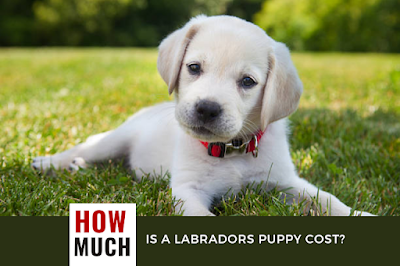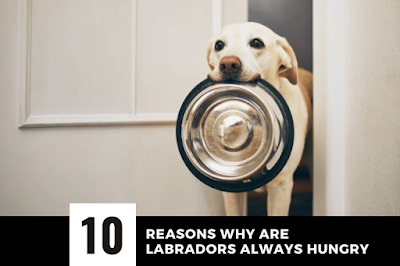Bulldogs are a breed of dog that are instantly recognizable due to their distinctive appearance. They are medium-sized dogs with a stocky build, broad shoulders, and a wide chest. Bulldogs have short, smooth coats that can come in a variety of colors, including white, brindle, and fawn. They have a pushed-in nose and a wrinkled face that gives them a unique expression. Their ears are small and typically sit high on their head, while their tails are short and may be straight or curled.
What did a bulldog look like in the 1800s ?
In the 1800s, bulldogs looked quite different from the modern bulldogs we see today. The breed was originally developed in England for bull-baiting, a sport in which dogs would attack and subdue bulls. As a result, bulldogs were bred to be powerful and aggressive, with a fierce and tenacious temperament.
In terms of their physical appearance, bulldogs of the 1800s were much larger and more muscular than modern bulldogs. They had a more pronounced underbite, with a jaw that jutted out further than their upper teeth. Their noses were also longer and more pronounced, giving them a more wolf-like appearance. Their ears were often cropped or left natural, and their tails were typically longer and more tapered than the short, curly tails seen in modern bulldogs.
Why do people like bulldogs ?
There are many reasons why people like bulldogs. Bulldogs have a distinctive appearance with their wrinkled faces, short snouts, and muscular build, which many people find charming and endearing.
Bulldogs are also known for their affectionate and loyal personalities. They are often described as gentle giants and make great companions for families and individuals alike. They are often seen as being good with children and are known for being patient and tolerant.
Bulldogs are not typically high-energy dogs and are content to relax and snuggle with their owners. This can make them a good choice for people who live in smaller homes or apartments and may not have as much space for a more active breed.
Bulldogs are a popular breed because of their unique appearance, affectionate personalities, and gentle nature, which makes them great companions for many people.
Are bulldogs good for beginners ?
Bulldogs can make great pets, but they may not necessarily be the best choice for beginners.
Bulldogs have a unique set of characteristics that can make them more challenging to care for compared to other breeds.
One thing to consider is their health issues. Bulldogs are prone to certain health problems, such as respiratory issues, skin allergies, and joint problems, which can be costly and require extra care.
Bulldogs are also known for their stubbornness, which can make training more difficult for inexperienced dog owners. They may require a consistent and firm approach to training to ensure they learn good manners and become well-behaved companions.
Bulldogs are not known for being particularly active dogs, so they may not be the best choice for someone who is looking for a dog to take on long walks or runs.
While Bulldogs can make great pets for the right owner, they may not be the best choice for beginners who are not prepared to handle their unique needs and temperament.
What is it like having a bulldog as a pet ?
Having a bulldog as a pet can be a wonderful experience, but it's important to be prepared for their unique needs and personalities. With proper care and attention, bulldogs can make great companions and beloved members of the family.
One of the first things you may notice about bulldogs is their affectionate and loyal personalities. They love spending time with their owners and are known for being excellent companions. They often enjoy snuggling and cuddling with their owners and have a gentle nature that makes them good with children.
Bulldogs can also be stubborn, which can make training more challenging than with some other breeds. They may require a consistent and firm approach to training to ensure they learn good manners and become well-behaved companions.
Bulldogs are also known for their health issues, which can be costly and require extra care. They are prone to respiratory problems, skin allergies, and joint issues, so it's important to keep up with regular veterinary check-ups and address any health concerns promptly.
Therefore, Bulldogs are not typically high-energy dogs and do not require a lot of exercise. They enjoy short walks and playtime, but they are content to relax and snuggle with their owners. This can make them a good choice for people who live in smaller homes or apartments.
What are the way to identify bulldog purebred ?
Pedigree:
The best way to determine if a bulldog is a purebred is by checking its pedigree. A pedigree is a record of the dog's lineage and will show its parents, grandparents, and other ancestors. You can ask the breeder or previous owner for the dog's pedigree or look for it in registration papers.
Appearance:
Bulldogs have a distinct appearance, with a large head, stocky build, and wrinkled face. They have a short snout, undershot jaw, and broad chest. Their coat is short and smooth, and they come in a range of colors, including white, fawn, brindle, and pied. However, it's important to note that some mixed breeds may have similar physical characteristics to bulldogs.
Breeder:
A reputable breeder who specializes in bulldogs will be able to provide documentation and proof of the dog's purebred status. They will also be able to answer any questions you have about the dog's lineage and health history.
DNA testing:
If you want to be absolutely sure that a bulldog is purebred, you can have DNA testing done. There are several companies that offer genetic testing for dogs, which can determine their breed makeup and verify their purebred status.
It's important to do your research and choose a reputable breeder when looking for a purebred bulldog. This can help ensure that you get a healthy, well-bred dog with a good temperament.
Thanks for Reading -
Read Other Post for More Information










